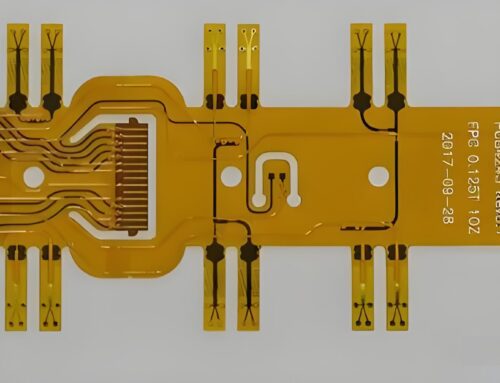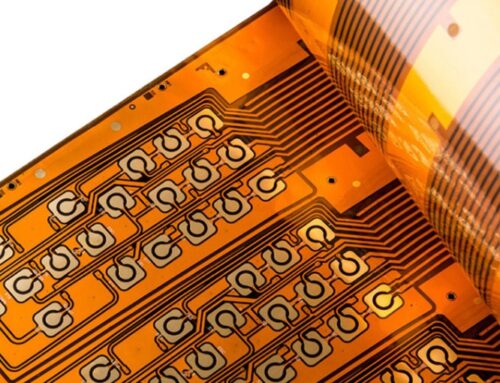Effective Solutions for FPC Flexible Circuit Board Resin Overflow
Introduction
Flexible Printed Circuits (FPC) are integral to modern electronics, offering flexibility and reliability in compact spaces. However, a common issue that plagues FPC manufacturers is resin overflow. This problem typically arises during the lamination process when elevated temperatures cause the adhesive in the coverlay to flow, resulting in resin stains on the FPC pads. In this article, we will explore the various causes of resin overflow in FPC flexible circuit boards and provide targeted solutions to mitigate this issue.

Understanding FPC Flexible Circuit Board Resin Overflow
FPC flexible circuit board resin overflow refers to the unwanted flow of adhesive from the coverlay onto the pad areas during the lamination process. This issue can compromise the quality and functionality of the FPC. To address this, we need to understand the root causes and implement effective solutions.
Causes and Solutions for FPC Resin Overflow
Manufacturing Process Issues
One primary cause of resin overflow is related to the manufacturing process itself. If the materials used are not up to standard, controlling resin overflow during production becomes challenging.
Solution:
FPC manufacturers must enforce strict material inspection protocols. If resin overflow is detected during incoming material inspection, the supplier should be contacted to return or replace the defective materials. Ensuring high-quality raw materials is crucial to minimizing resin overflow.
Storage Environment Issues
The storage conditions of the protective films and adhesives can also lead to resin overflow. Improper storage can cause the CL adhesive system to absorb moisture, resulting in increased resin flow during lamination.
Solution:
Manufacturers should use specialized refrigeration units to store protective films. If the CL adhesive absorbs moisture due to inadequate storage conditions, pre-baking the CL at a low temperature can significantly reduce resin overflow. Additionally, any unused CL should be promptly returned to cold storage to maintain its integrity.

Localized Resin Overflow Due to Small PAD Positions
Localized resin overflow is a common quality issue encountered by many FPC manufacturers. Adjusting process parameters to resolve resin overflow can sometimes lead to other problems like bubbles or insufficient peel strength.
Solution:
Instead of drastically changing process parameters, manufacturers should fine-tune them carefully. This approach helps balance the need to control resin overflow while avoiding other quality issues.
Operational Methods Causing Resin Overflow
Operational methods, particularly during pseudo-bonding, can also contribute to resin overflow. Misalignment during this process can lead to excessive resin flow.
Solution:
Manufacturers should ensure precise alignment by training employees and using accurate alignment fixtures. Increased inspection of alignment is necessary to prevent resin overflow due to misalignment. Additionally, adhering to “5S” (Sort, Set in order, Shine, Standardize, Sustain) principles during pseudo-bonding, including checking for contamination or rough edges on the protective film CL, can help prevent resin overflow.

Conclusion
Resin overflow in FPC flexible circuit boards is a multifaceted issue that can arise from manufacturing processes, storage environments, localized PAD positions, and operational methods. By understanding these causes and implementing targeted solutions, manufacturers can significantly reduce resin overflow, enhancing the quality and reliability of their FPC products. Adhering to stringent material inspections, proper storage conditions, careful process adjustments, and precise operational methods are key strategies to mitigate resin overflow effectively.







Leave A Comment